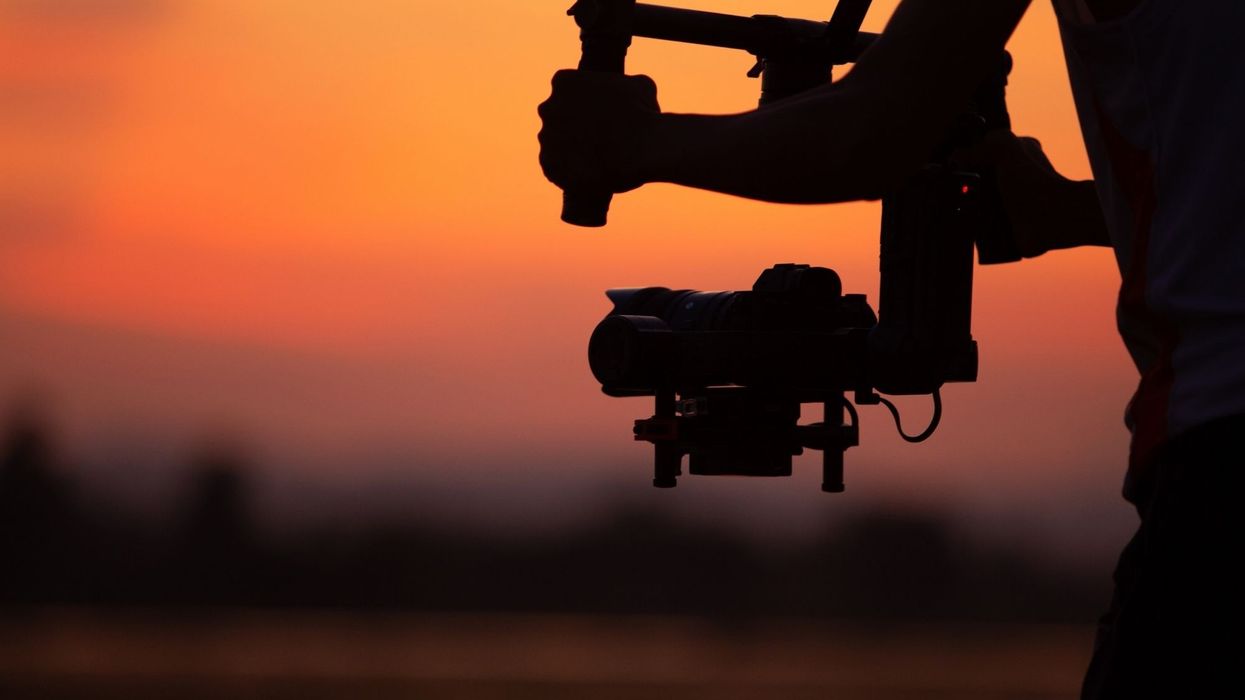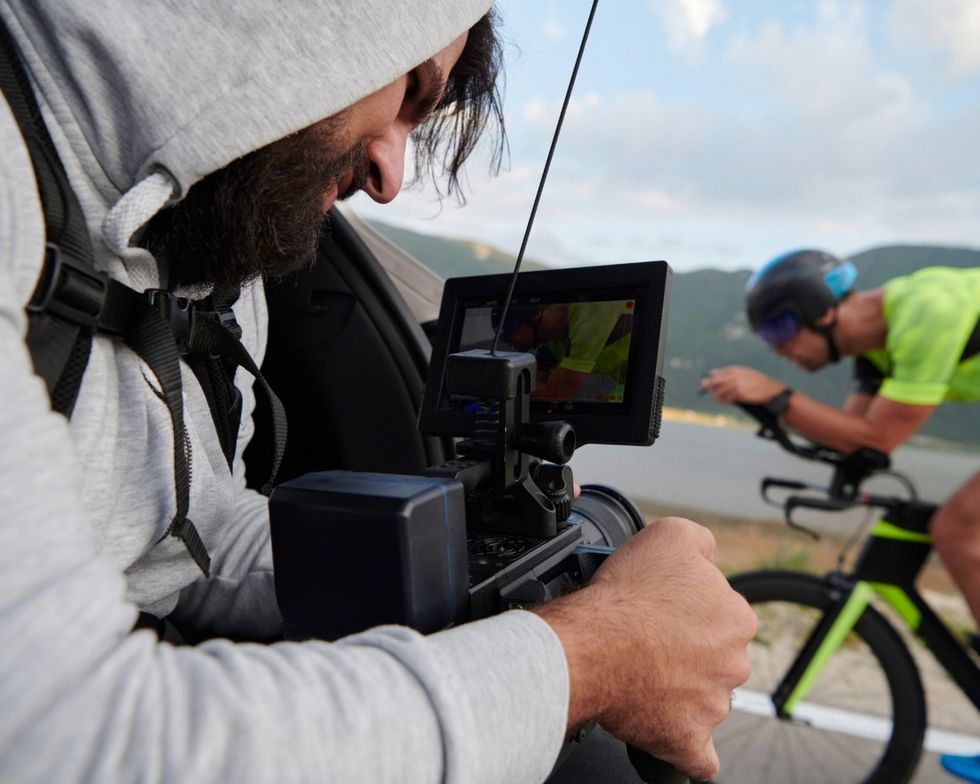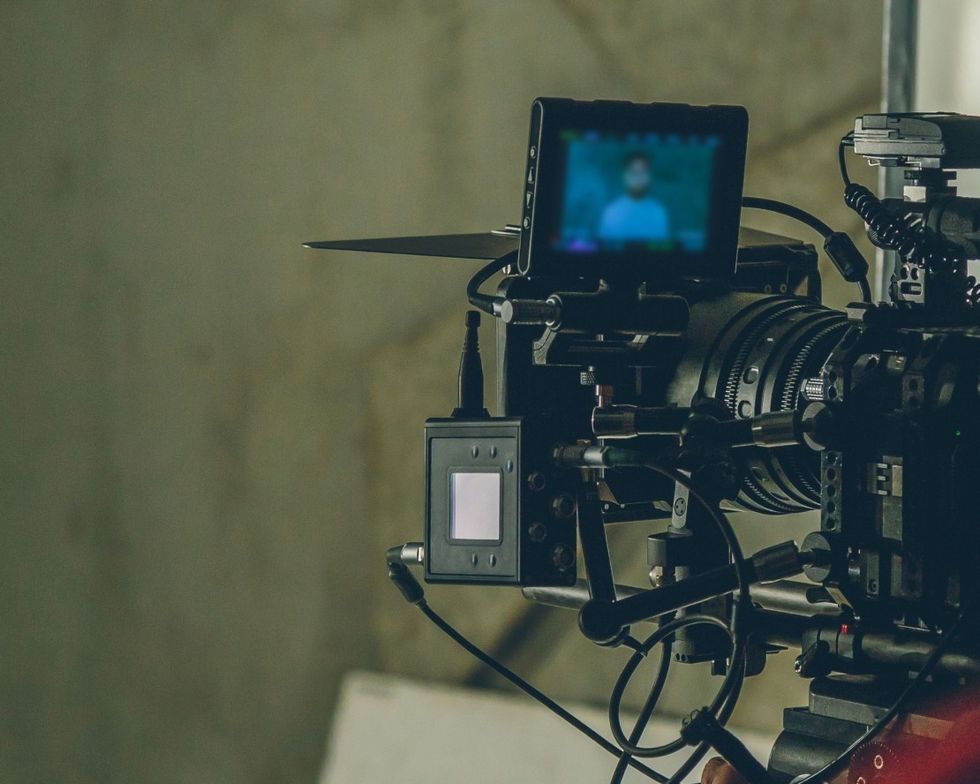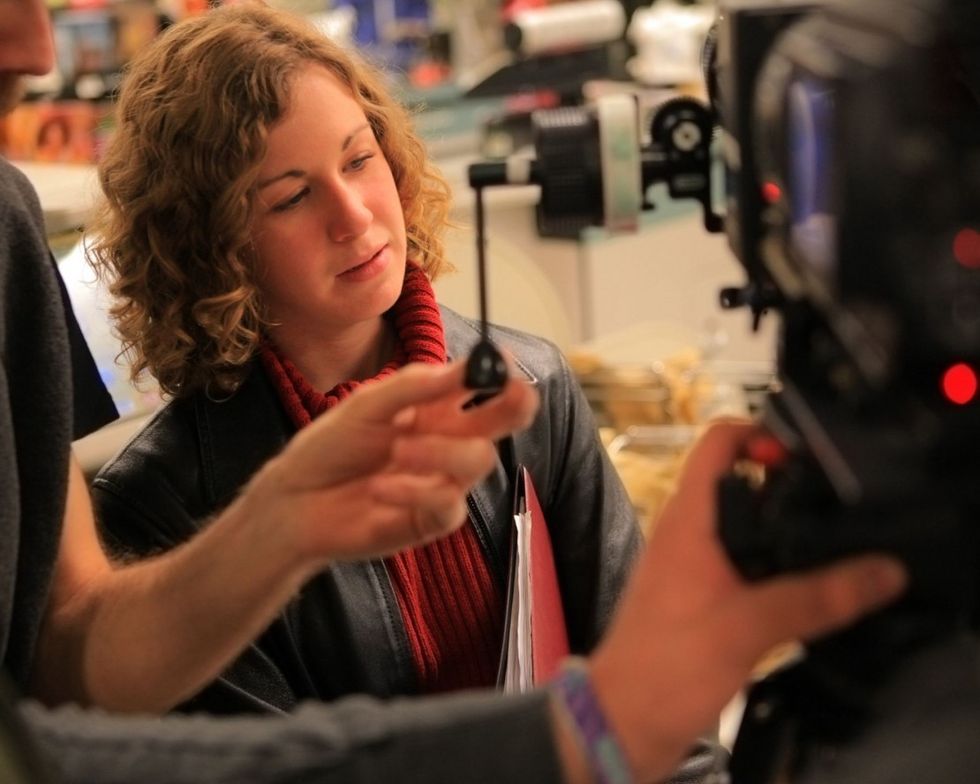The Cinematographer’s Guide to Shooting a Film for Next to Nothing
Filmmaking? It can be expensive as all-get-out.

Filmmakers who want to make their first project are always worried about the budget. Working smart never has to come at the expense of your final image, however. You can still end up with a seemingly high-budget and impressive-looking project if you just know where and when to cut costs.
Here are a few things to keep in mind when every penny counts.
Choose the Right Camera
This does not necessarily mean the latest or the most expensive—far from it. The perfect camera for you will depend on what you're shooting and how much you're willing to spend.
Plenty of gorgeous feature films have been shot on DSLRs and mirrorless cameras. If resolution is what you need, most modern cameras in the prosumer price bracket are capable of shooting in 4K. For even more bang for your buck, you can buy an older Canon camera and "jail-break" it with Magic Lantern.
For oddball shoots like weird music videos, you can achieve a retro, quirky look with camcorders that can usually be found at a local thrift store. Even shooting with your cell phone might be an option under the right narrative circumstances.
Keep the Image Stable and Sharp
Half of the battle of cinematography is keeping the audience comfortable as they watch your film. You can be lit to the teeth and working with a great script and incredible talent. None of this will matter if the image is too shaky or too out-of-focus to process. The nuts and bolts are a crucial part of your own performance as a cinematographer.
Camera stabilization makes achieving a legible image much easier.
How? Even something as simple as using a tripod takes the problem out of your hands, and we mean this literally. Now, if you're flying solo, you're free to ride the barrel as you shoot, ensuring that the entire scene is in focus.
For more complex shots, a gimbal or a shoulder mount can be a real treat. There are many on the market that will not break the bank, but it's even more fun to build these tools yourself from scratch.
Camera Knowledge Is Critical
If you understand photography in principle, you can honestly achieve anything. No obstacle comes from nothing; if something that you're doing isn't working on-screen, there is always going to be a reason. Once you identify that reason, solving the problem becomes more of a matter of logistics. There is no witchcraft in cinematography. There is only light and the camera.
If your depth of field is too narrow to focus on the entirety of the actor's face, the problem is that your aperture is too wide.
If you don't have enough light to shut the aperture down a few stops, you either need to add more or compensate in some other way, such as through your ISO settings.
The economics of photography will always lead you to the source of the problem. Few of these problems are truly unsolvable if you've planned your shoot well.
Diffusion—Diffusion Everywhere
A source that lacks a certain subtlety can be harnessed through two things: effective blocking and diffusion. Clouds are one obvious and sometimes underappreciated example of diffusion, one that requires absolutely no labor or time to exploit.
You can mimic the look of professional diffusion with any type of material that does not block out light entirely. While many think exclusively in terms of the ever-loving white bedsheet, there are so many other ways to break up light.
Dense foliage overhead can enchant a scene. A sheet of soft Styrofoam packaging dampens even very strong, direct sources of light. Just make sure that the head of the lamp is not hot enough to melt it!
Keep your eyes far and wide; the perfect piece of DIY diffusion may already be hanging out in your own home.
The same goes for reflective surfaces. Ordinary mirrors can be used to throw light and to mold it around the subject. Even shooting right in front of a large, white building will fill the frame with even, flattering light.
All Sources of Light Are Valid
Never limit yourself in this area. Hot neon, nauseating fluorescents, streetlamps, computer screens, the headlights of a car—all of the above can be refined and defined into exactly what you need, where you need it, no questions asked.
If you're interested in building a rudimentary mole kit, strong work lamps on their own stands can be found at Home Depot for 40 bucks a pop. Handheld lamps will be even cheaper and can be tucked away anywhere, even when shooting in cramped, close quarters.
When working with the sun exclusively, timing and schedule will be everything. You can certainly set out at high noon and end up with footage that works, but for something a little more interesting, it always pays to make the most of both golden hour and magic hour.
The difference between early morning light and the same sunlight even an hour later is profound. The same goes for sunset. The familiar and banal take on a romantic, exotic, and ethereal tone that cannot be produced in any other way.
Technique Is Everything
You can invest in the best of the best, but it takes more than a giant HMI to create something beautiful. Flooding your space with light arbitrarily will rarely yield desirable results. Less emphasis should be placed on the type of equipment that you bring in and more should be placed on how you elevate these sources creatively.
Book-lighting, for example, is a cherished Hail Mary beloved by amateurs and professionals alike. It means nothing more than bouncing a beam of light through diffusion with a mirror or reflective panel instead of shining it directly. All three of these ingredients are easily obtainable. A bit of ingenuity and elbow grease is all that it takes to configure them into a set-up that looks and feels polished.
This ethos can be applied to nearly all aspects of cinematography. The answer will usually be right in front of you.
When you're working on a shoestring, you're able to create an image that is completely your own. Relying on expensive gear will only get you so far. In some cases, a truckload of goodies can be extremely helpful, but you miss out on so much of the artistry of building something beautiful from the ground up. Every new discovery will be one that you can add to your bag of tricks.
On to the next.














